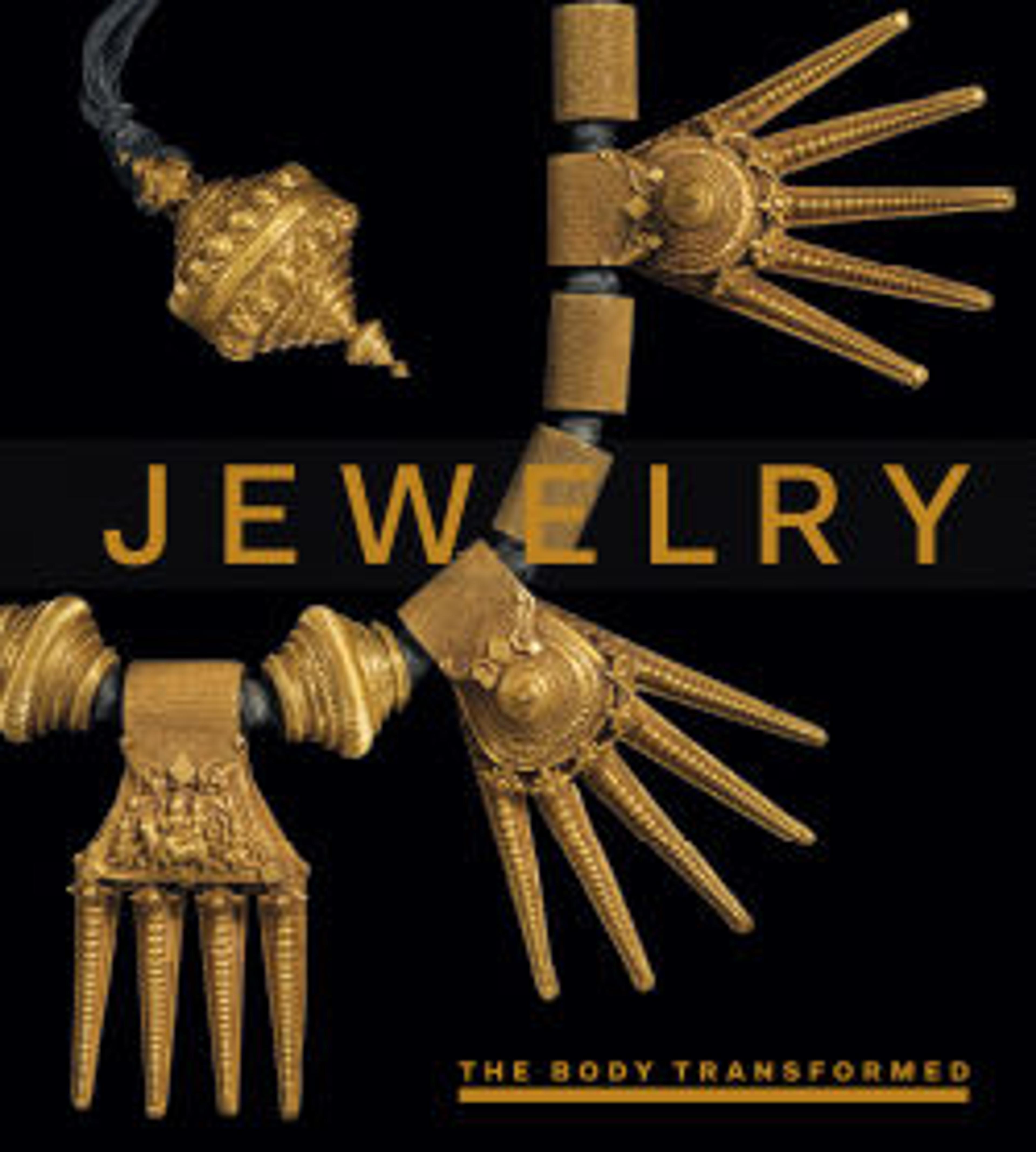Ùhúnmwèlaò ọ́ghé iyọ́bà (head of a queen mother)
In the Benin kingdom, the iyoba, or mother of the oba (king), occupies an important and historically significant place within Benin's political hierarchy. The title was first conferred upon Idia, the mother of king Esigie, who used her political skill to save her son's kingdom from dissolution in the late fifteenth century. Ever since that time, queen mothers have been considered powerful protectors of their sons and, by extension, the kingdom itself. Because of the enormous esteem in which they are held, iyobas enjoy privileges second only to the oba himself, such as a separate palace, a retinue of female attendants, and the right to commission cast brass sculptures for religious or personal use.
Ancestral altars dedicated to past iyobas, like those of past obas, are furnished with cast brass commemorative heads. The heads of queen mothers are distinguished from those of kings by the forward-pointing peaks of their coral-beaded crowns. Commemorative heads of </i>iyobas</i> hold to the same stylistic chronology as those of </i>obas</i>. Earlier heads were cast with thinner walls and display tight beaded collars that fit snugly beneath the chin. Later versions have thicker walls, exhibit enlarged cylindrical collars that cover the face up to the lower lip, and are designed with a circular opening behind the peak of the crown to hold a carved ivory tusk. With its high and narrow collar, extensive hair ornament, and pierced crown, this commemorative head of an iyoba dates from the eighteenth or nineteenth century.
Ancestral altars dedicated to past iyobas, like those of past obas, are furnished with cast brass commemorative heads. The heads of queen mothers are distinguished from those of kings by the forward-pointing peaks of their coral-beaded crowns. Commemorative heads of </i>iyobas</i> hold to the same stylistic chronology as those of </i>obas</i>. Earlier heads were cast with thinner walls and display tight beaded collars that fit snugly beneath the chin. Later versions have thicker walls, exhibit enlarged cylindrical collars that cover the face up to the lower lip, and are designed with a circular opening behind the peak of the crown to hold a carved ivory tusk. With its high and narrow collar, extensive hair ornament, and pierced crown, this commemorative head of an iyoba dates from the eighteenth or nineteenth century.
Artwork Details
- Title: Ùhúnmwèlaò ọ́ghé iyọ́bà (head of a queen mother)
- Artist: Ìgùn Ẹ́rọ̀nwwọ̀n (brass-casting guild) artists
- Date: 18th–19th century
- Geography: Nigeria, Court of Benin
- Culture: Edo peoples
- Medium: Brass, iron
- Dimensions: H. 21 in. × W. 10 1/2 in. × D. 10 3/4 in. (53.3 × 26.7 × 27.3 cm)
- Classification: Metal-Sculpture
- Credit Line: Gift of Mr. and Mrs. Klaus G. Perls, 1991
- Object Number: 1991.17.4
- Curatorial Department: The Michael C. Rockefeller Wing
More Artwork
Research Resources
The Met provides unparalleled resources for research and welcomes an international community of students and scholars. The Met's Open Access API is where creators and researchers can connect to the The Met collection. Open Access data and public domain images are available for unrestricted commercial and noncommercial use without permission or fee.
To request images under copyright and other restrictions, please use this Image Request form.
Feedback
We continue to research and examine historical and cultural context for objects in The Met collection. If you have comments or questions about this object record, please complete and submit this form. The Museum looks forward to receiving your comments.
